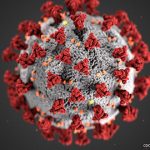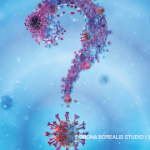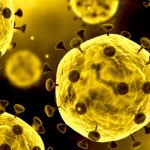The Bubble
The National Basketball Association’s (NBA’s) 2020 season is the perfect example of what can be achieved with American ingenuity and a can-do attitude, when $8 billion—the revenue generated by an NBA season—is at stake.1
On July 7, 2020, the 16 teams that made the NBA playoffs decamped to Walt Disney World in Orlando. The bubble comprised three Disney hotels and the ESPN Wide World of Sports Complex, where all practices and games were held. The idea was simple: If no one brought SARS-CoV-2 into the bubble, they could play out the rest of the season in a virus-free microcosm.
As with most simple ideas, the devil was in the details, which, in this case, were outlined in a 113-page booklet that delineated the plan: Two weeks prior to traveling to Orlando, all players were expected to quarantine at home and receive regular testing for COVID-19. After arriving at Orlando, all players remained in quarantine for an additional 48 hours and were tested for COVID-19 one more time before being allowed to leave isolation. All players, staff, coaches and reporters continued to be tested for COVID-19 daily. If anyone left the bubble, they would have to quarantine for an additional 10 days and have two negative COVID tests prior to being allowed to rejoin the bubble.2
The good news is that the bubble worked. On Oct. 11, 2020, the NBA season concluded without a single case of COVID-19 among the players, coaches or staff.3
The bad news? The bubble was successful at preventing transmission of SARS-CoV-2 largely because of social distancing and isolation, in addition to frequent testing.
Major League Baseball attempted a bubble-light approach, using a combination of frequent testing and safety protocols that did not call for complete, physical isolation. The result? During the first week of play, 29 players tested positive for SARS-CoV-2. By Aug. 21, one-third of all teams had to postpone games due to infections with the coronavirus.
The National Football League (NFL), similarly, refused to mandate the use of bubbles, and predictably, multiple teams were sidelined because of infections with SARS-CoV-2. The Baltimore Ravens, alone, had four unique strains of the coronavirus among their players, despite the NFL protocols.4 The problem is bad enough that the NFL scouting combine—the biggest event in the NFL calendar, in which draft prospects are evaluated in Indianapolis—will likely be replaced with Zoom interviews and telehealth examinations.5 So why bother testing at all?



